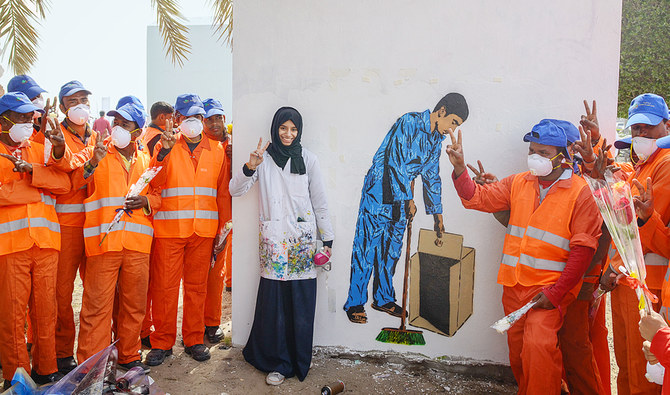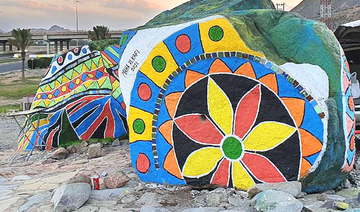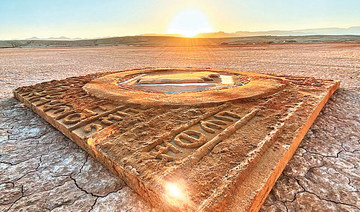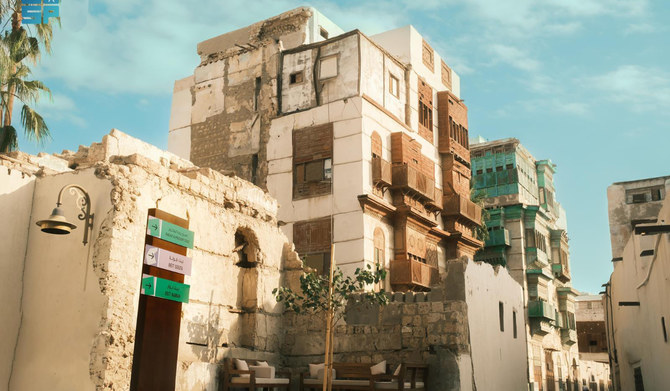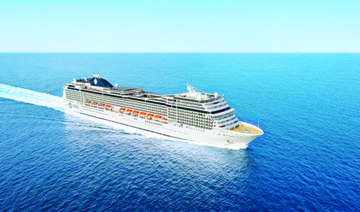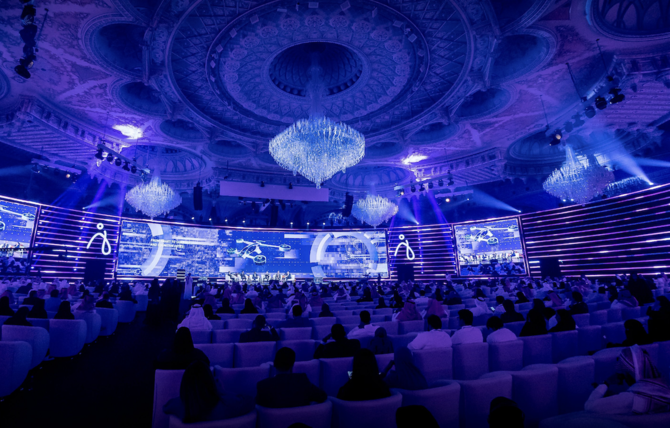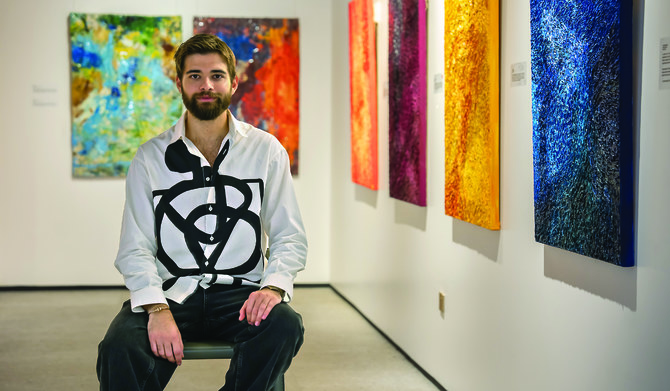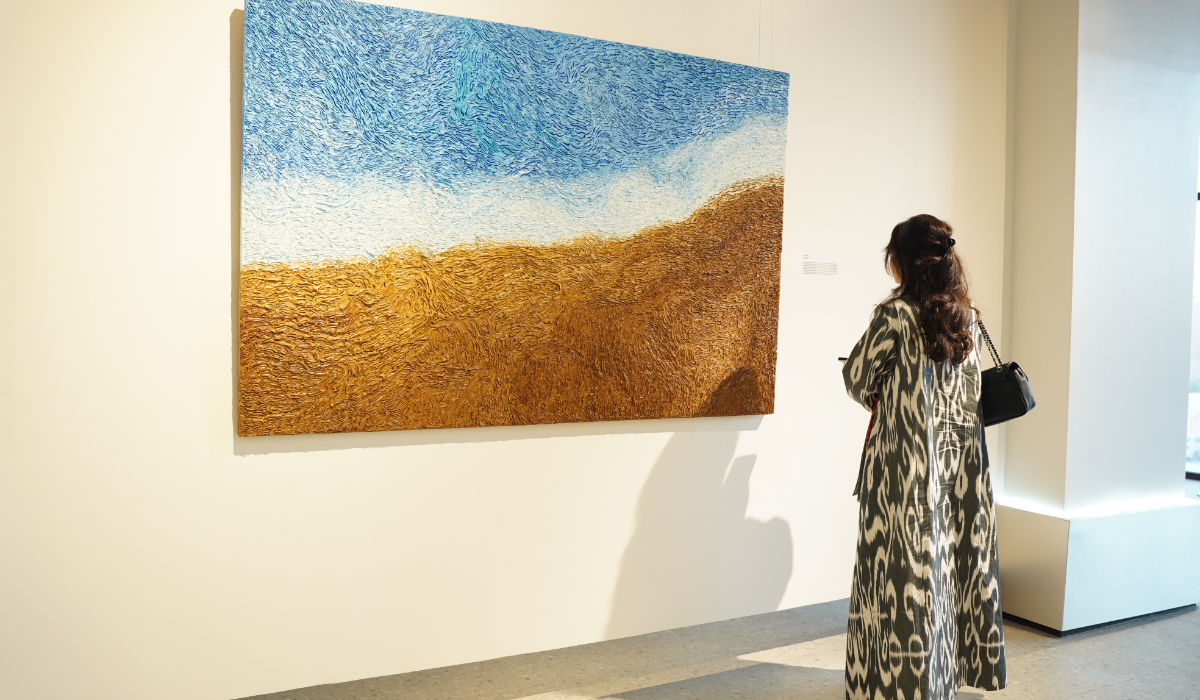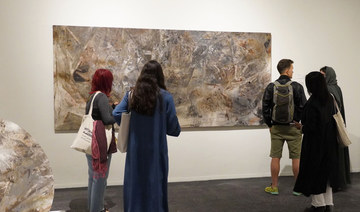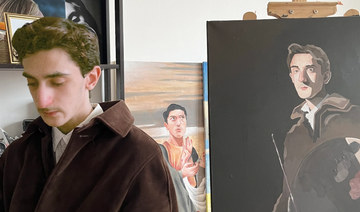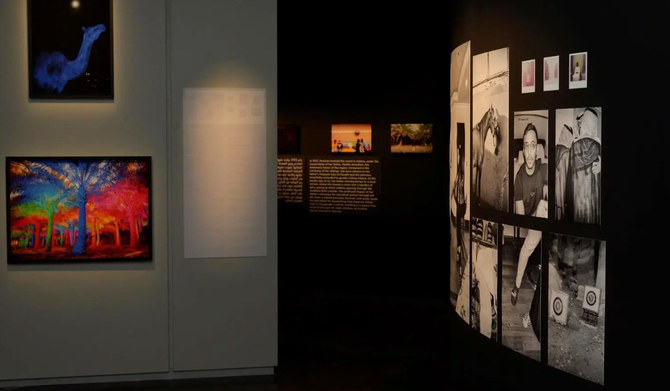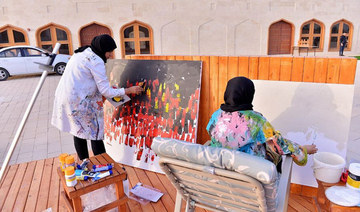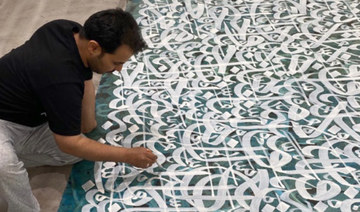MAKKAH: Saudi artists are turning blank, empty walls across the country into beautiful and creative murals, using graffiti and street art to complete their vision.
Graffiti is writing or drawings made on a wall or other surface, usually without permission and within public view. In many Western cultures, it is considered illegal as famous graffiti artists such as Banksy remain elusive. But in the Kingdom, graffiti is an accepted art form.
The Saudi Ministry of Culture has launched initiatives and programs to support “street artists,” with specific city locations chosen so they can express themselves by using spray paint, paint by brush, markers, stenciling, and more.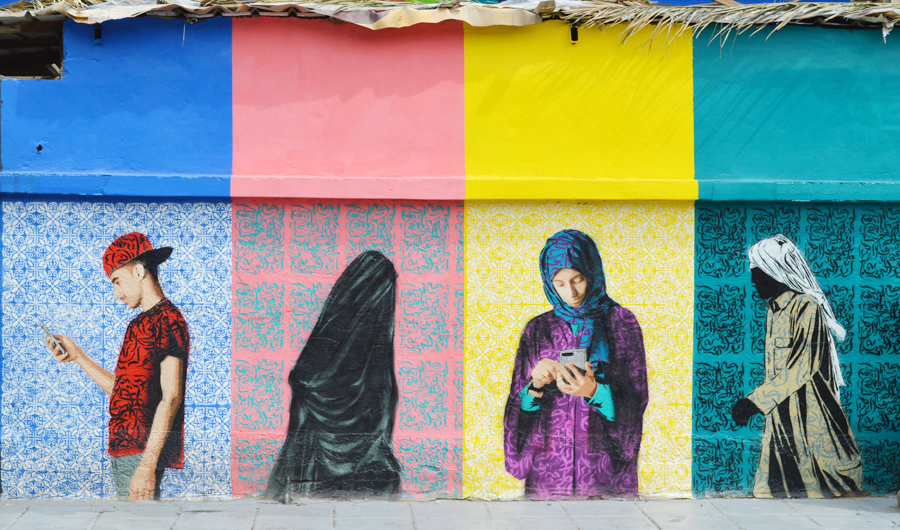
“Graffiti is a great art form that has become one of the modern ways of beautifying public spaces,” Zainab Al-Mahoozi, a Saudi graffiti artist, told Arab News.
Graffiti has existed since ancient times, with examples dating back to ancient Egypt, ancient Greece and the Roman Empire. But in Saudi Arabia, the art form started 20 years ago. At first, most graffiti in the Kingdom was presented in a distorted way.
The art form started to evolve in 2009 when a group of young men and women in Jeddah called the “Dad Family” sought to put an Arab touch on what was viewed back then as Western art.
I want my art to deliver messages for society and be the voice of those who do not have a voice.
Zainab Al-Mahoozi, Saudi graffiti artist
Initially inspired by Arab characters and Islamic motifs, the Dad Family avoided political statements and started to promote a message of love through its graffiti.
The art form later spread to Qatif, Al-Ahsa and Riyadh as the number of street artists in the country continued to grow.
Al-Mahoozi noted that each artist is unique and has their own style, while dreary or blank walls alongside cafes, gyms, or garages can be brought back to life with graffiti.
“What distinguishes this art is the strong messages it carries for people as if it were an open and free exhibition,” said Al-Mahoozi, who started doing graffiti in the Kingdom more than 10 years ago.
HIGHLIGHTS
• Graffiti has existed since ancient times, with examples dating back to ancient Egypt, ancient Greece and the Roman Empire. But in Saudi Arabia, the art form started 20 years ago. At first, most graffiti in the Kingdom was presented in a distorted way.
• The art form started to evolve in 2009 when a group of young men and women in Jeddah called the ‘Dad Family’ sought to put an Arab touch on what was viewed back then as Western art.
“Children have also shown a great interest in this art on social media, where murals have become the perfect background for their photos.”
Locations chosen for graffiti are usually near a traffic light or within a public place, to maximize the potential viewing of the art form.
“I intentionally seek to find uncommon places, so that I can enhance and bring them back to life,” said street artist Houssam Al-Hassan, who prefers to use spray paint for his graffiti.
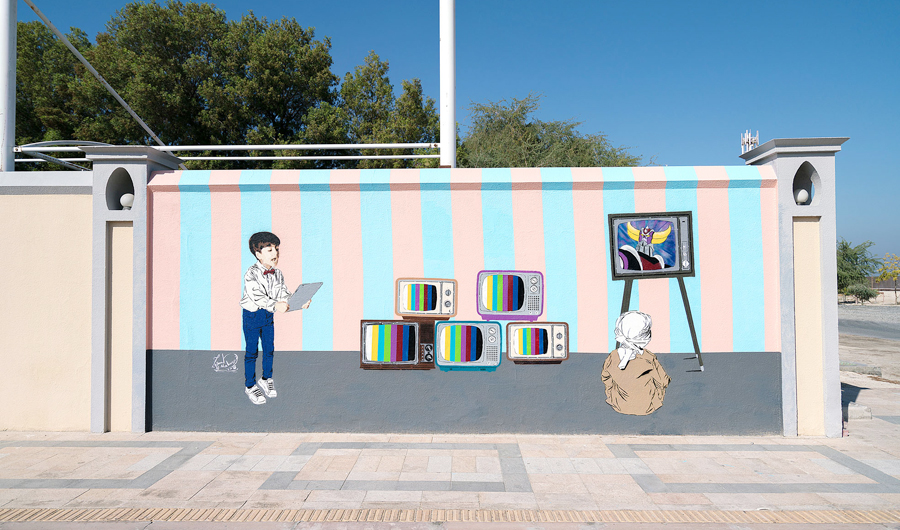
“I want my art to deliver messages for society and be the voice of those who do not have a voice.”
Al-Hassan said there are about 50 graffiti artists in Saudi Arabia because the art form is not easy to create. Artists have to deal with different kinds of walls that might not be smooth, have holes, or exist in places poorly equipped for drawing. So the art form is not for everyone.
“Graffiti combines the local culture of the society with the modern visions and different international schools,” Al-Hassan said. “Artists rely on simple drawings and styles that can reach everyone.”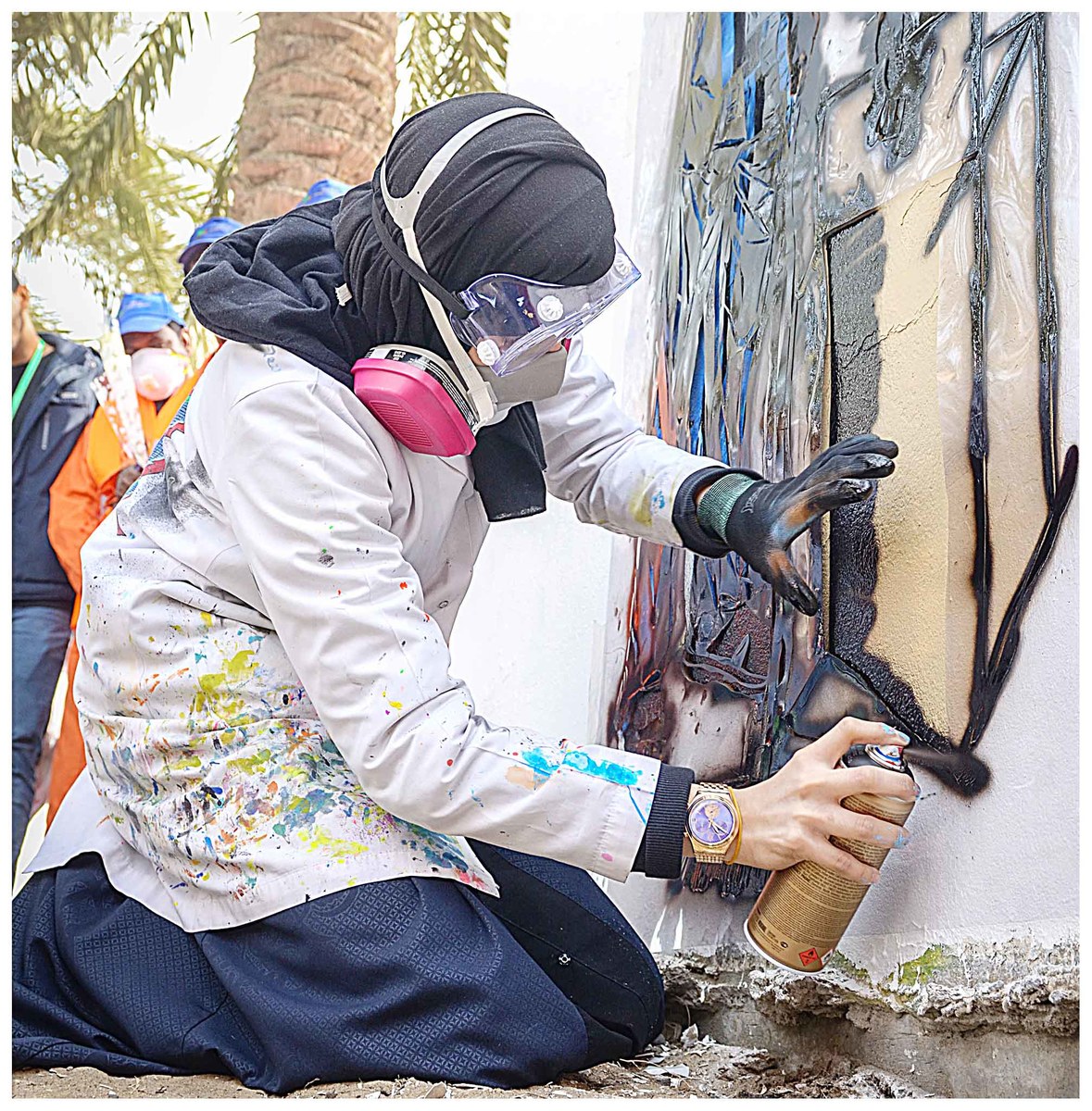
With support from the Saudi culture ministry, the future is bright for street artists in the Kingdom.
“Graffiti is a natural development of culture and progression,” Riyadh street artist Walid Al-Subaihi told Arab News. “It is used for advertising, to deliver messages, express opinions and ideas.”



